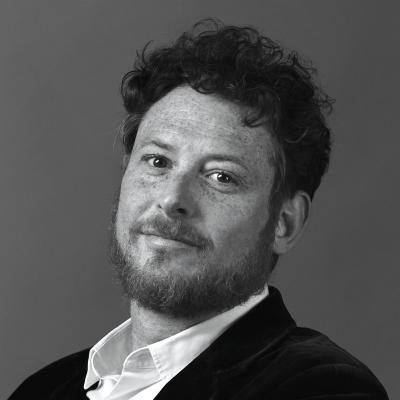
January 14, 2020 10:00 AM
Featured Stories
WPP launches rare public attack on Publicis over ad quality, escalating feud
WPP Media has issued a report attacking the quality of desktop and mobile inventory sold via Publicis Groupe's Epsilon SSP, a rarity even among industry rivals.




